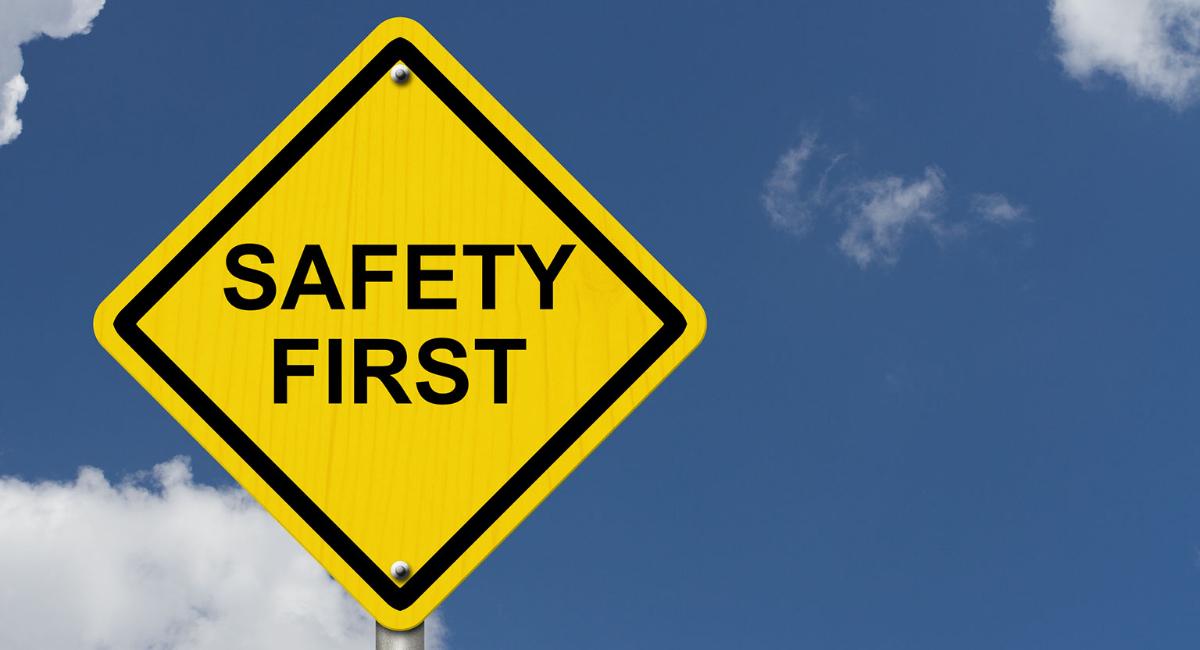
Weekly Safety Share #43 - Working Around Heavy Equipment
Continuing with infrequently performed tasks, I’d like to discuss Working around Heavy Equipment and Bypassing Safety Controls.
Working Around Heavy Equipment
Many of us do work around heavy equipment every day, but many of us don’t. Those of us that are quite familiar are available to help with the standard processes used. Construction and maintenance equipment operate in a variety of movements, for example:
- Excavators, back-hoes and cranes rotate and can be very quick.
- Loaders, dozers, packers, etc usually move back and forth and have different blind spots when doing so.
Operators have a lot to ensure to keep you safe while operating. These include but not limited to performing vehicle inspections, ensuring all lights, beacons and back-up alarms are functioning properly. They may have to erect barricades or even have a spotter present. These are depending upon the job location and situation. Some equipment is coming with revers screens like we have in vehicles.
However, we cannot rely on these controls alone while working around heavy equipment. Each piece of equipment has its own unique blind spots. When working around equipment, we must:
- Wear High Visibility upper garments that are CSA approved for reflectivity and visibility.
- Always adhere to any barricades erected and ensure to get permission before crossing.
- Always remain at a safe distance until visual eye contact is made with the operator, and that s/he gives you permission to approach or cross the path.
- In many cases we will operate with radio contact.
Bypassing Safety Controls
What does it mean to bypass a safety control?
Sometimes alarms have to be disengaged in order to perform tests. Sometimes we have to remove a guard from table saw, angle grinder or spinning wheel in order to make a cut or to perform diagnostics. We must NOT do these things without alternative controls.
Deviating from a procedures is also sometimes required. We must also acknowledge and remain behind barricades until permission is granted.
So, we must obtain authorization to:
- Disable or override safety controls
- Deviating from procedure
- Crossing a barrier
Usually crossing a barrier is done with permission from the person who erected it. They will make sure the area is safe before granting authorization.
Disabling safety controls or deviating from procedure, however would require a job safety analysis (JSA) to be performed so as to ensure appropriate alternative controls and safeguards are in place.
A common response while performing investigations around these issues is, “I was only going to be a second” or “it’s something I’ve done before”. Let’s avoid having to perform investigations on these common incidents for infrequently performed tasks. I am here to help with JSAs and other administrative controls.
